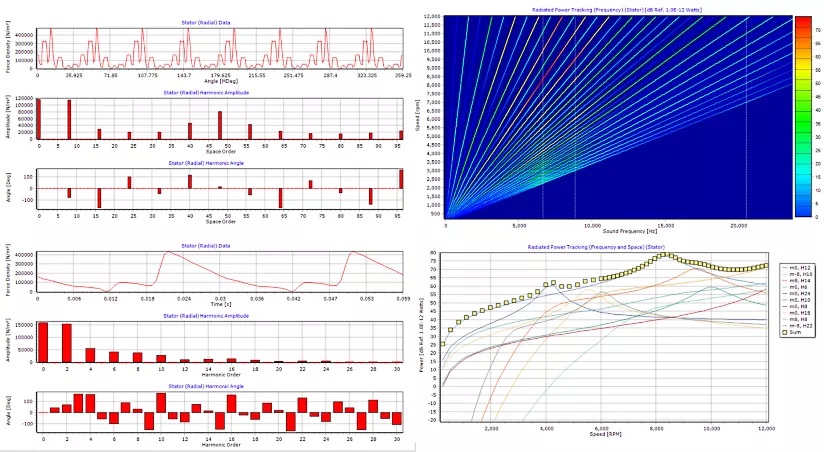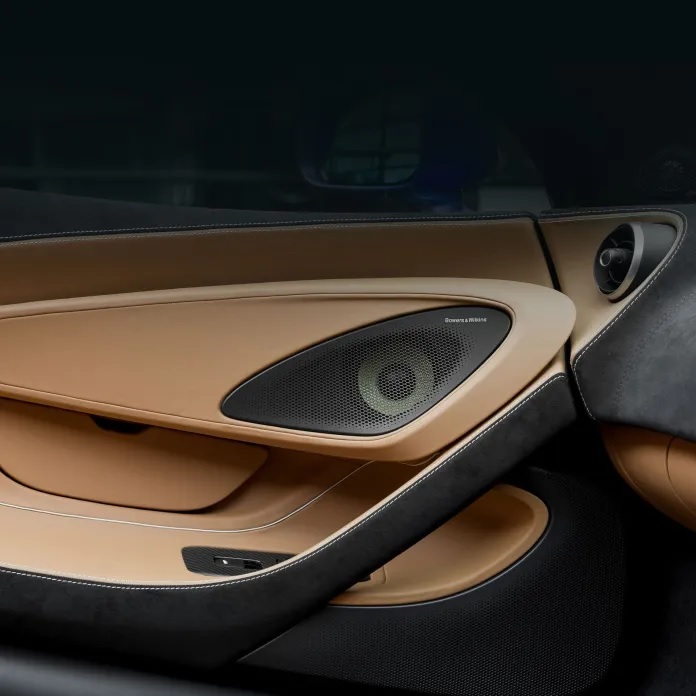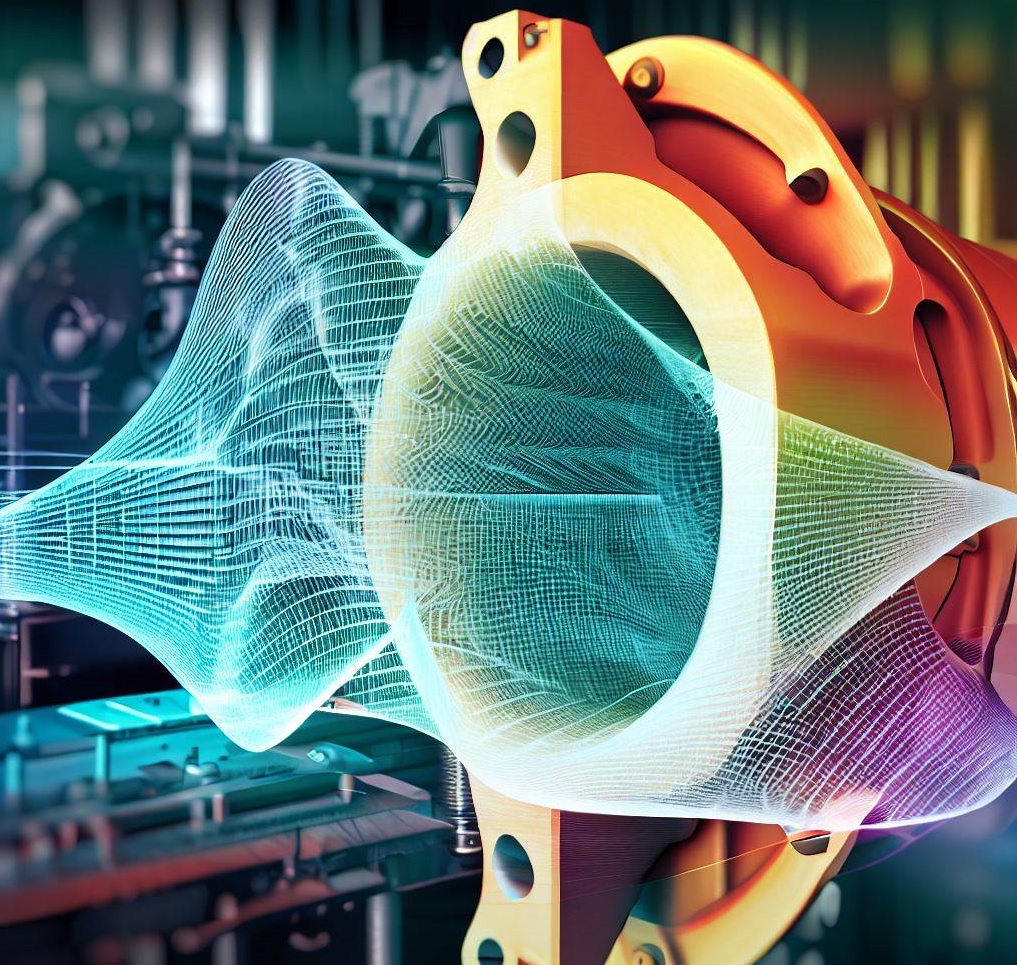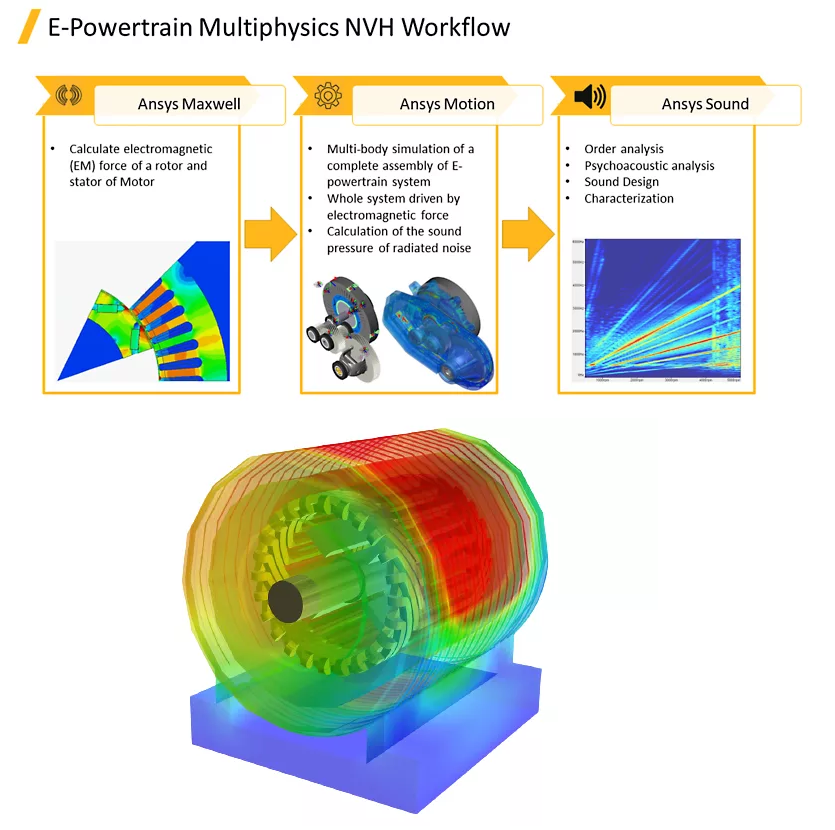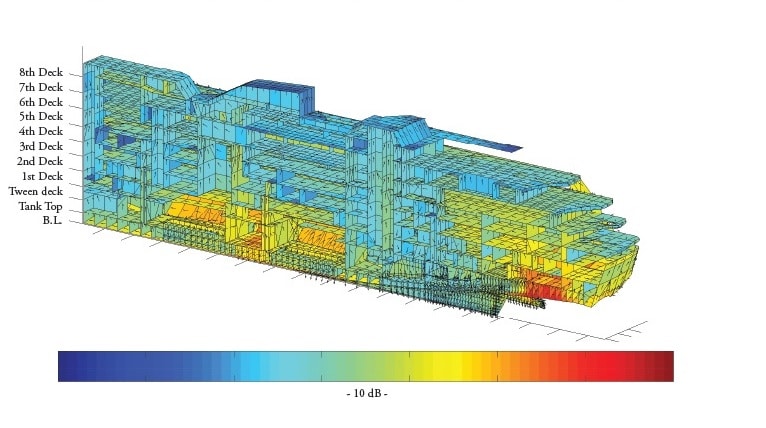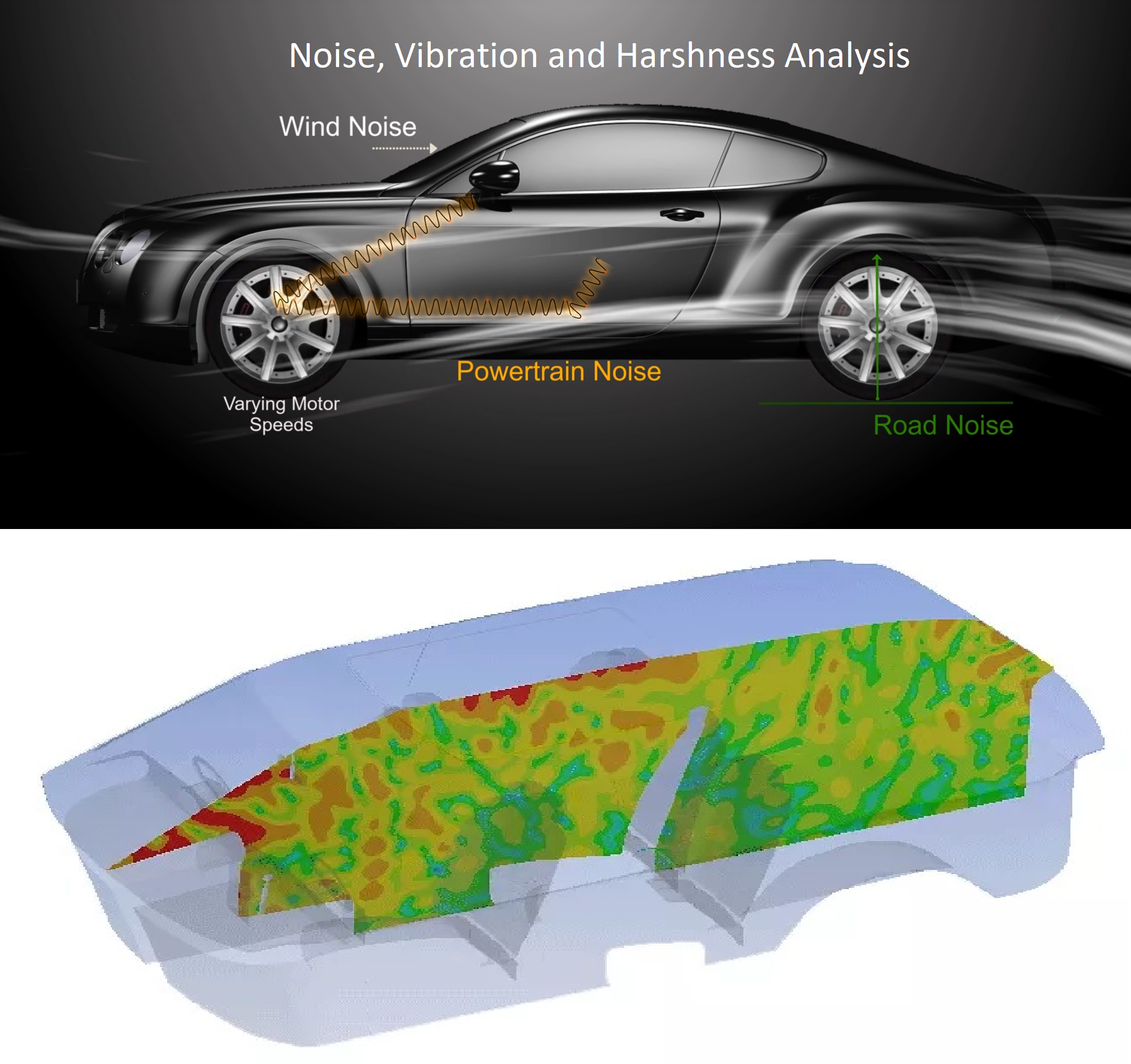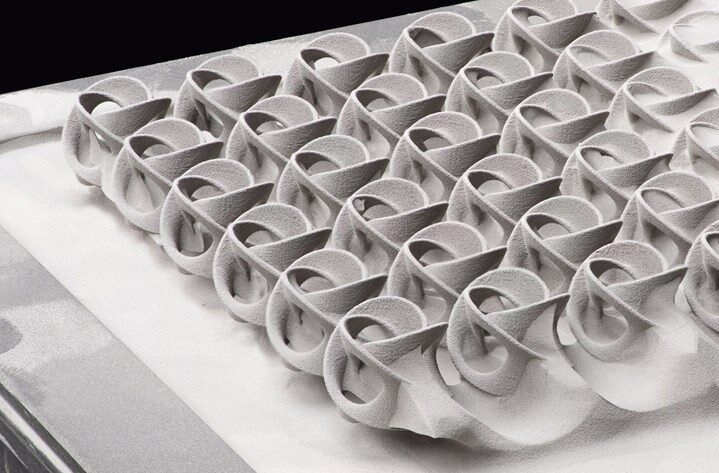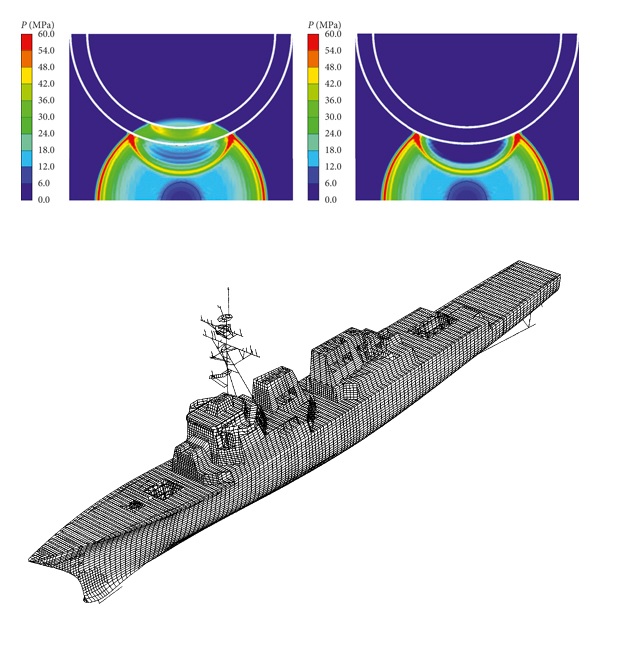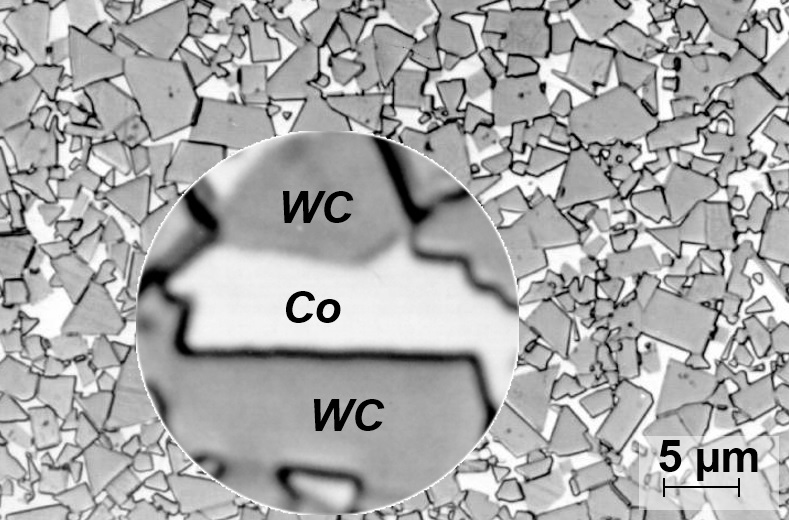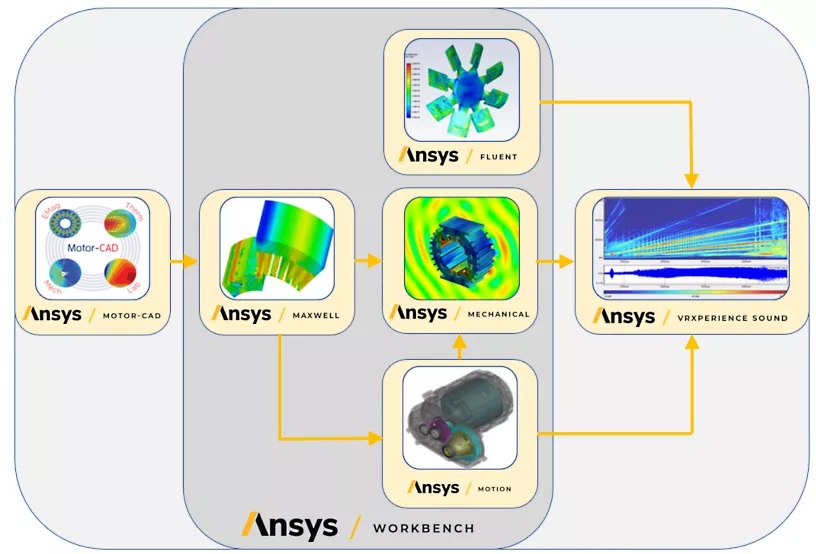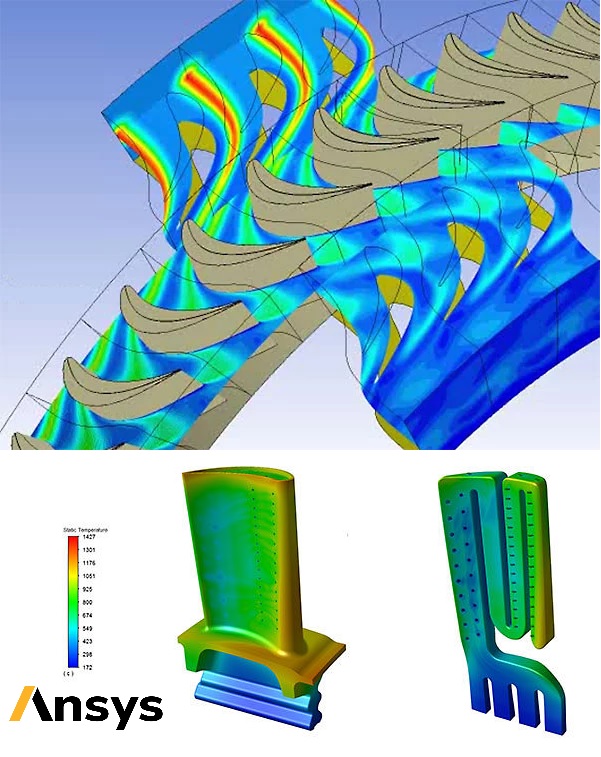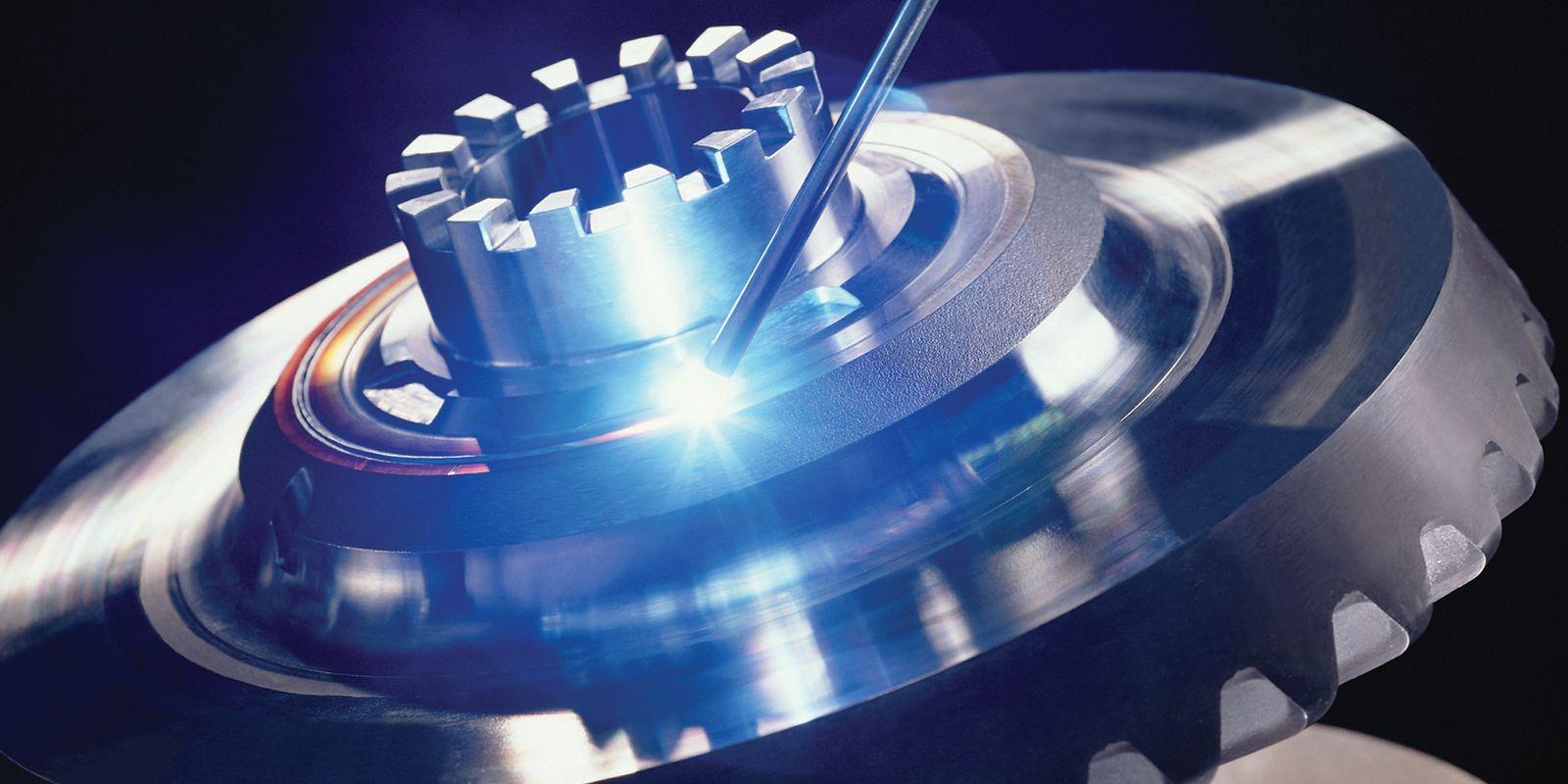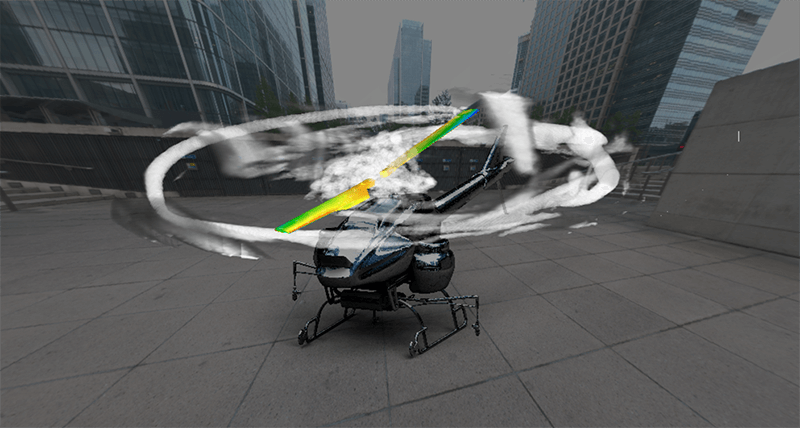The engineering process of audio devices is unique because the complete audio system must be tested, taking into account various factors such as the acoustic properties of the surrounding environment, vibration and resonance of components, and the overall sound quality. This is particularly true for audio systems installed in cars, where the acoustic properties of the car interior can significantly affect the sound quality and engineers need to consider the complete system and take into account the acoustic properties of the car interior, as well as the interaction between different components. For example, the placement of the loudspeaker in the car door and the acoustic cavity behind the loudspeaker can significantly affect the sound quality.
To mitigate these problems and reduce the number of physical tests, engineers in the audio industry are increasingly turning to acoustic simulation. By using advanced acoustic simulation tools, our engineers can accurately predict the acoustic performance of different components and the complete system, including the effects of vibration, resonance, and the acoustic properties of the car interior.
Acoustic simulation can be used to optimize the design of audio systems, including the placement and orientation of different components, to achieve the desired sound quality and reduce noise and vibration levels.
